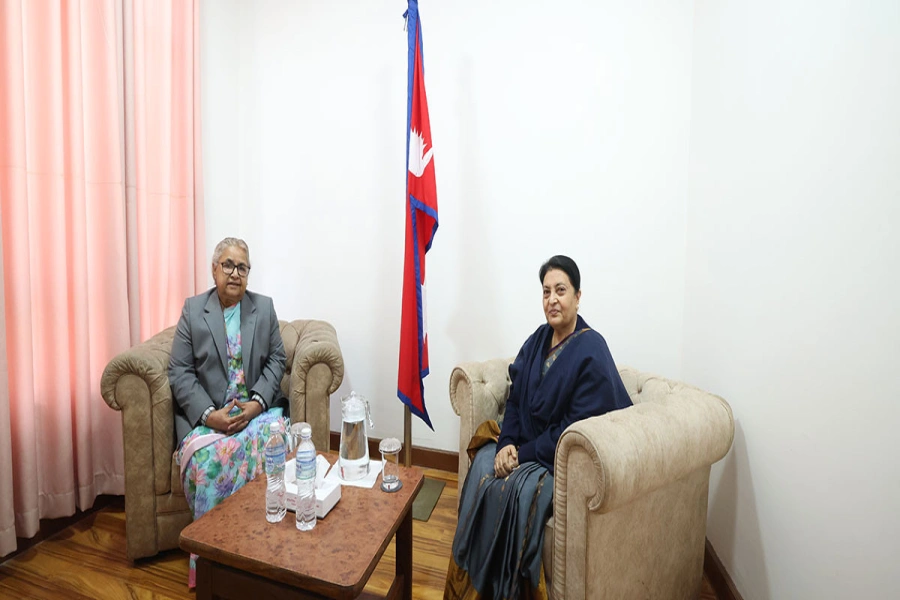KATHMANDU, Oct 17: A majority of the banks have reduced the deposit interest rates effective from October 18. Now, due to increased liquidity in the market, banks have reduced interest rates on deposits.
Due to the higher growth rate of deposits compared to loans, now the interbank interest rate in the banking system is below two percent. Lately, the government has been raising a large amount of domestic funds.
Most of the banks have reduced the interest rates on deposits as banking transactions are less during the festive season in October.
Nepal SBI Bank and NMB Bank, which have lower interest rates than other banks in September and October, increased the deposit interest rate after some pressure on the Credit-deposit (CD) ratio, while NIC Asia Bank also increased the deposit interest rate in October.
Revised interest rate corridor system introduced

Out of the 20 commercial banks currently in operation, 13 have reduced the maximum interest rate of personal term deposits while four banks have continued the interest rate of September. Machhapuchchhre Bank has continued to maintain the maximum interest rate of 9.99 percent for individual term deposits since July.
For October, Himalayan Bank, NIC Asia Bank and NMB Bank have offered 11.003 percent interest rate on personal term deposits. In the previous month, Himalayan Bank's interest rate was 11.054 percent, while NIC Asia Bank's interest rate was 10.896 percent and NMB Bank's interest rate was 9.99 percent.
Standard Chartered Bank has offered the lowest interest rate in October at 9.22 percent, compared to 9.29 percent in September. Similarly, Sanima Bank, Prabhu Bank, Nepal Bank, and Everest Bank have all offered an interest rate of 9.224 percent.
The Nepal Rastra Bank (NRB), in its guidelines for deposit interest rates, has allowed banks to increase the average maximum interest rate on fixed deposits by 10 percent compared to the previous month.
Accordingly, in August, the maximum interest rate given by the commercial banks on term deposits was averaged and the banks published the interest rate within the limit as they were allowed to increase it by 10 percent. The NRB has stipulated that the interest rate of institutional term deposits should be reduced by two percentage points from the maximum interest rate of individual term deposits.
The NRB has arranged that the difference between the maximum interest rate of individual term deposits and the minimum interest rate of savings should not exceed five percentage points.
There is also a rule that the difference between the maximum and minimum interest rates on savings cannot exceed two percentage points. However, in remittance savings and term, a minimum one percent more interest rate has to be paid as compared to individuals. There is a rule that interest cannot be given more than 50 percent of the minimum interest rate of savings on total deposits.
Based on these regulations, banks publish their deposit interest rates. Banks are also required to automatically lower their loan interest rates when the base rate is reduced.
On the other hand, on October 5, The NRB has arranged that the premium cannot differ by more than two percentage points in the interest rate of loans of the same nature. The NRB has provided that the premium once set cannot be increased without the borrower's consent. Due to this, there is pressure to reduce the premium of loans with higher premiums to maintain the difference of two percentage points. The bankers argue that if the base interest rate of the banks decreases with the reduction in the interest rate, the loan interest rate will automatically decrease, benefiting borrowers.




































